Although it is impossible to remove the risk of injury on ski trip, it is possible to markedly reduce your risk. The following are areas for particular attention:
Prevention of Ski Injury
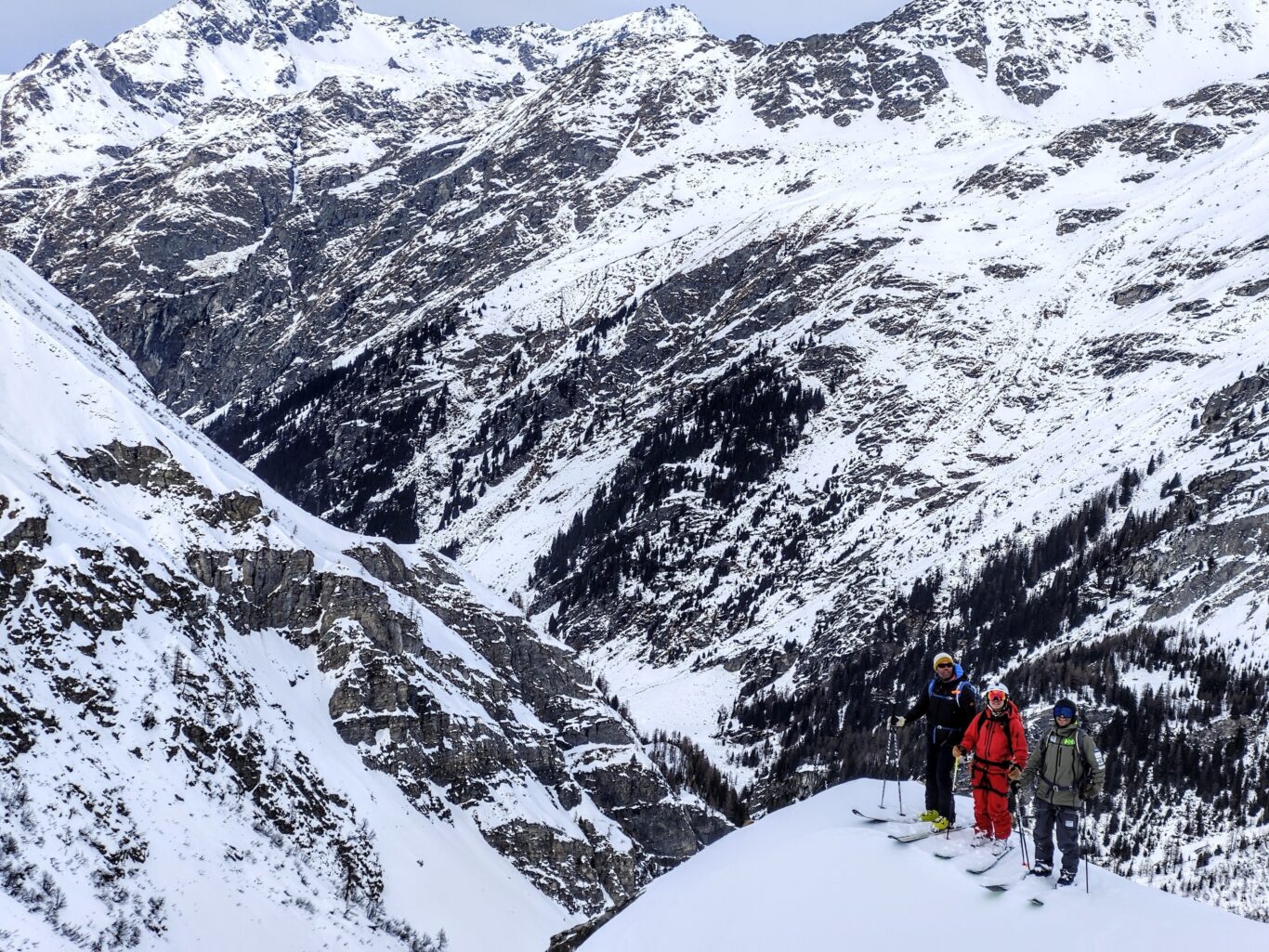
1. Strength and Conditioning
There are a number of reasons why being in the appropriate shape will minimise your risk of injury. Firstly your body will respond quickly to unexpected lumps and bumps and stop you becoming off balance and falling. Secondly you should be much more fatigue resistant. Tired or sore legs just do not perform well, meaning you are less likely to hold an edge, respond, and keep your weight forwards. You are much more likely to ski well when you feel fit and can engage with your skis and the mountains. Thirdly, to progress your technique you need to have the physical capabilities so that your body will cope with more demanding terrain.
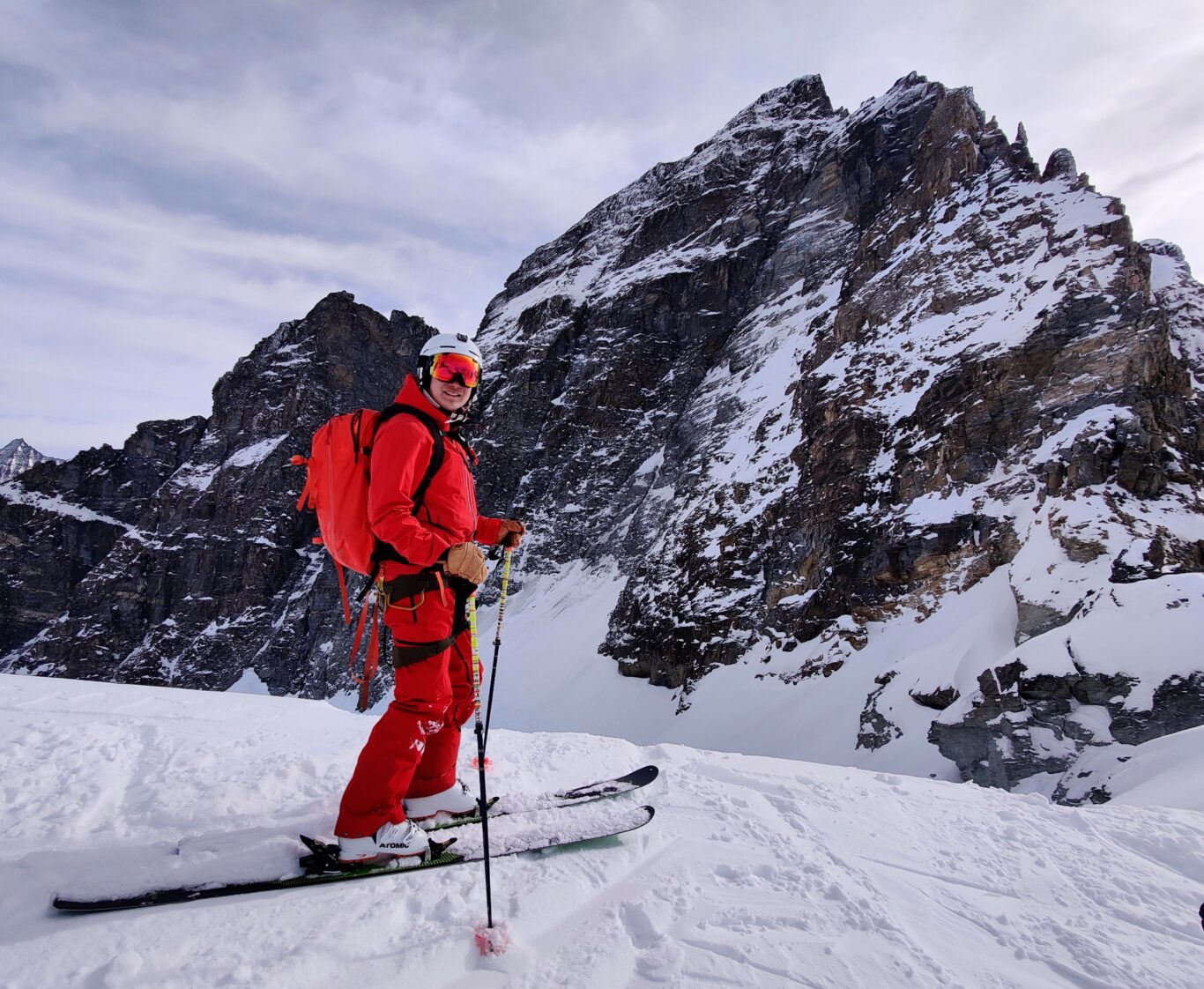
2. Technique
Good technique will help to prevent injury. For example, skiing with your feet too wide, and or knees falling in will create a posture that is very stressful to the ligament on the inside of the knee, (MCL). Similarly having your downhill leg too straight will put your anterior cruciate ligament (ACL) at risk if you fall in this position. Lastly don’t jump unless you can perform it with good technique. Landing from a jump with weight back or legs extended is another cause of ACL damage.
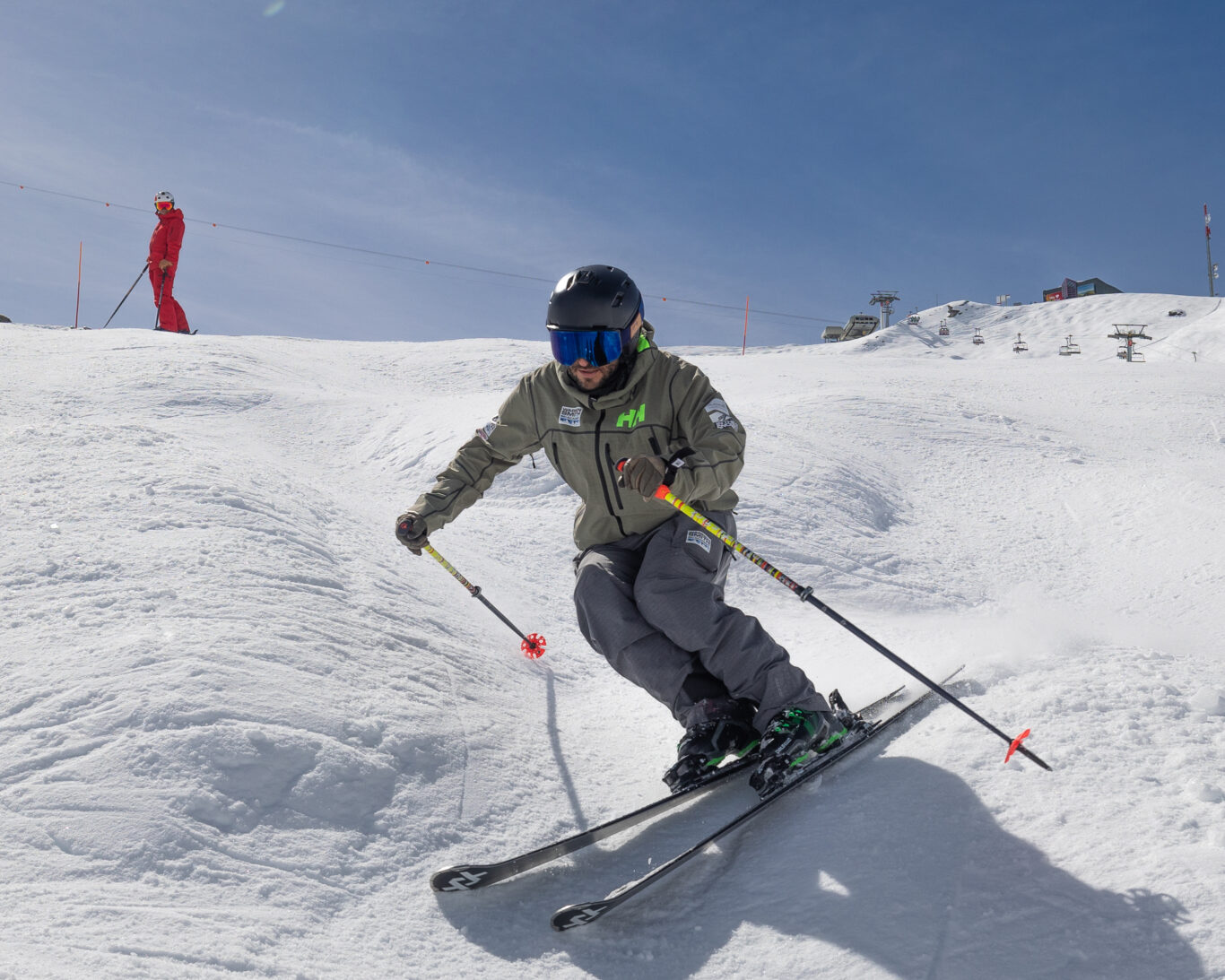
3. Equipment
Take time when hiring or buying equipment to ensure it is right for your height, weight and ski ability. Make sure the bindings are set correctly, and be particularly careful if borrowing equipment off a friend. Ensure that your clips are done up to the correct pressure, (lower two should be able to close very readily), which will help to avoid cramp, or slopping around, both of which will lead to underperformance. If you have a power strap at the top it should be tight so that your ankle flex is conveyed to the boot, not you inside the boot. If you have your own skis do make sure they are regularly serviced, which will particularly help you hold an edge on ice. Lastly consider a spare pair of gloves in your pack. A dropped glove off a chair lift can be a disaster!
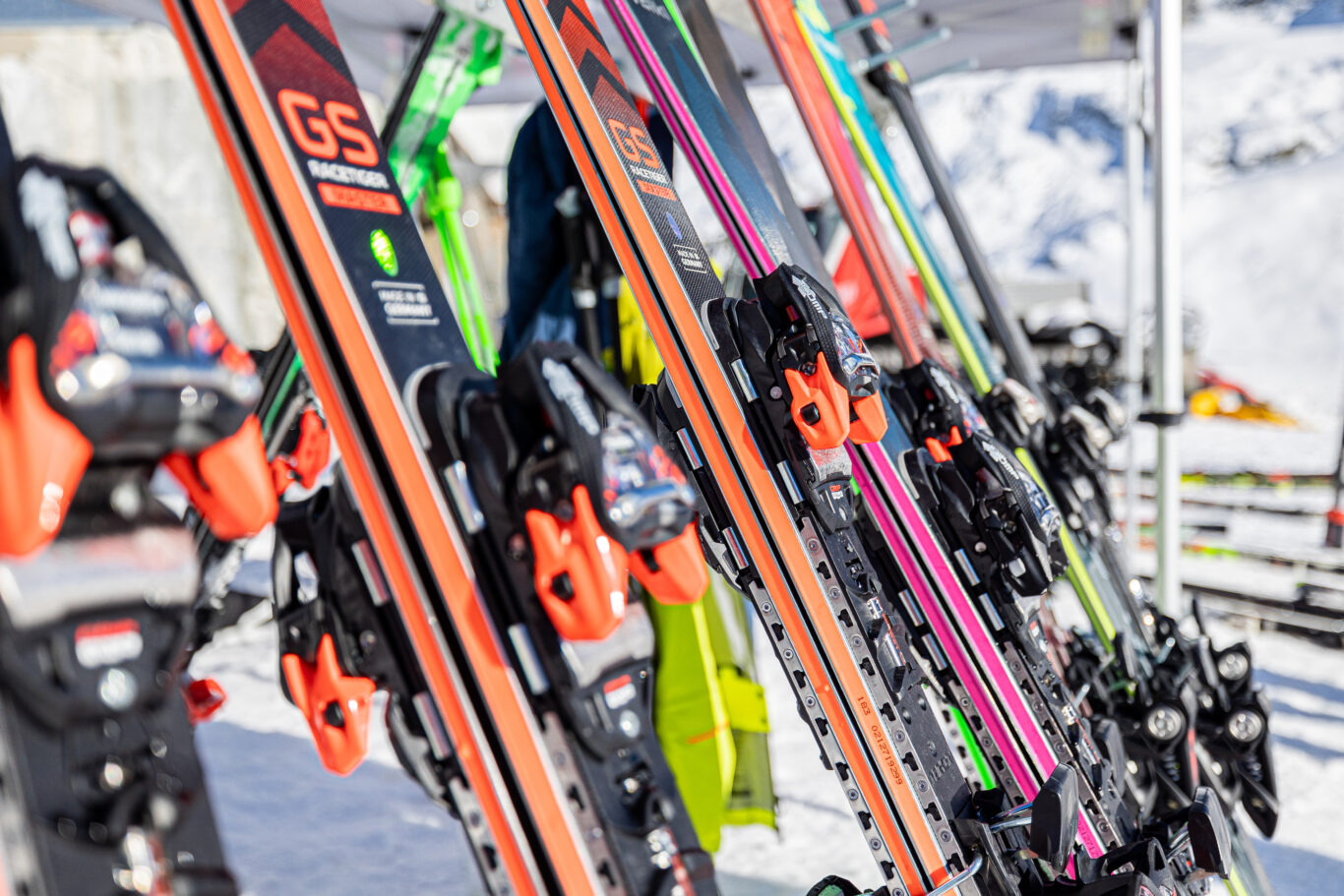
4. Mountain awareness
Try and be prepared when you go out on the mountain. Know what the avalanche risk and weather forecast are. If you have an avalanche kit take it every day that you ski, even if you don’t intend to go off piste. Plans may change during the day. Know what time the lift system shuts so you don’t get stranded! Try and be aware of your piste or off-piste route options. Don’t end up out of your depth as you didn’t realize the only way down was a black run! Carry a piste map which you can refer to if you lose the people you are skiing with or there is a whiteout. Finally appreciate that altitude has profound physiological effects. Try and have a drink and snack on you as you dehydrate and burn more energy at altitude. The sun can also be a problem so have adequate sun screen with you and ensure you have the correct eye wear.
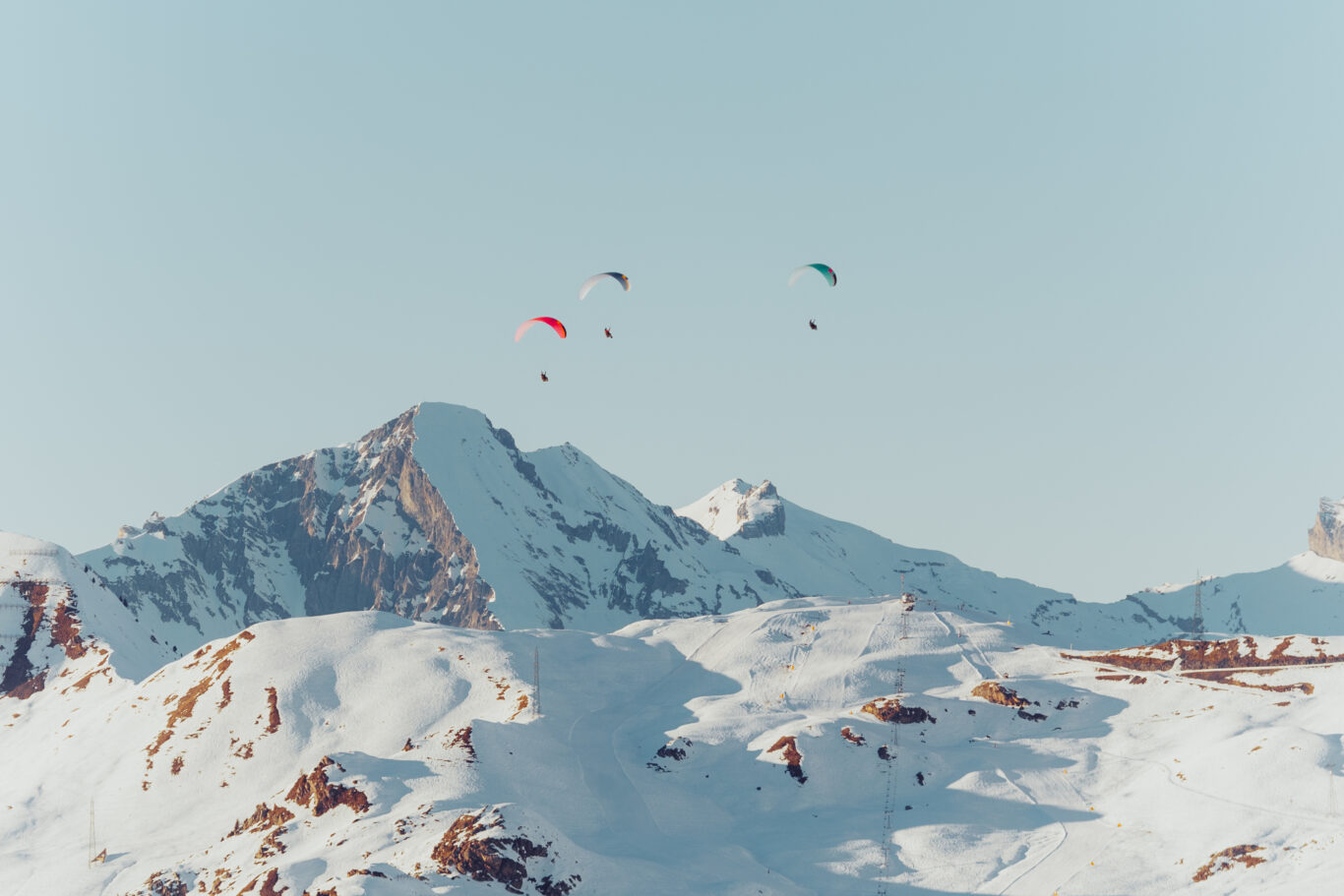
5. Ego(!)
Admit when you are tired, and don’t ski if your legs are begging for a rest. Be confident but realistic about your ability, and don’t feel afraid to ask for a hot chocolate stop if you are fatiguing!
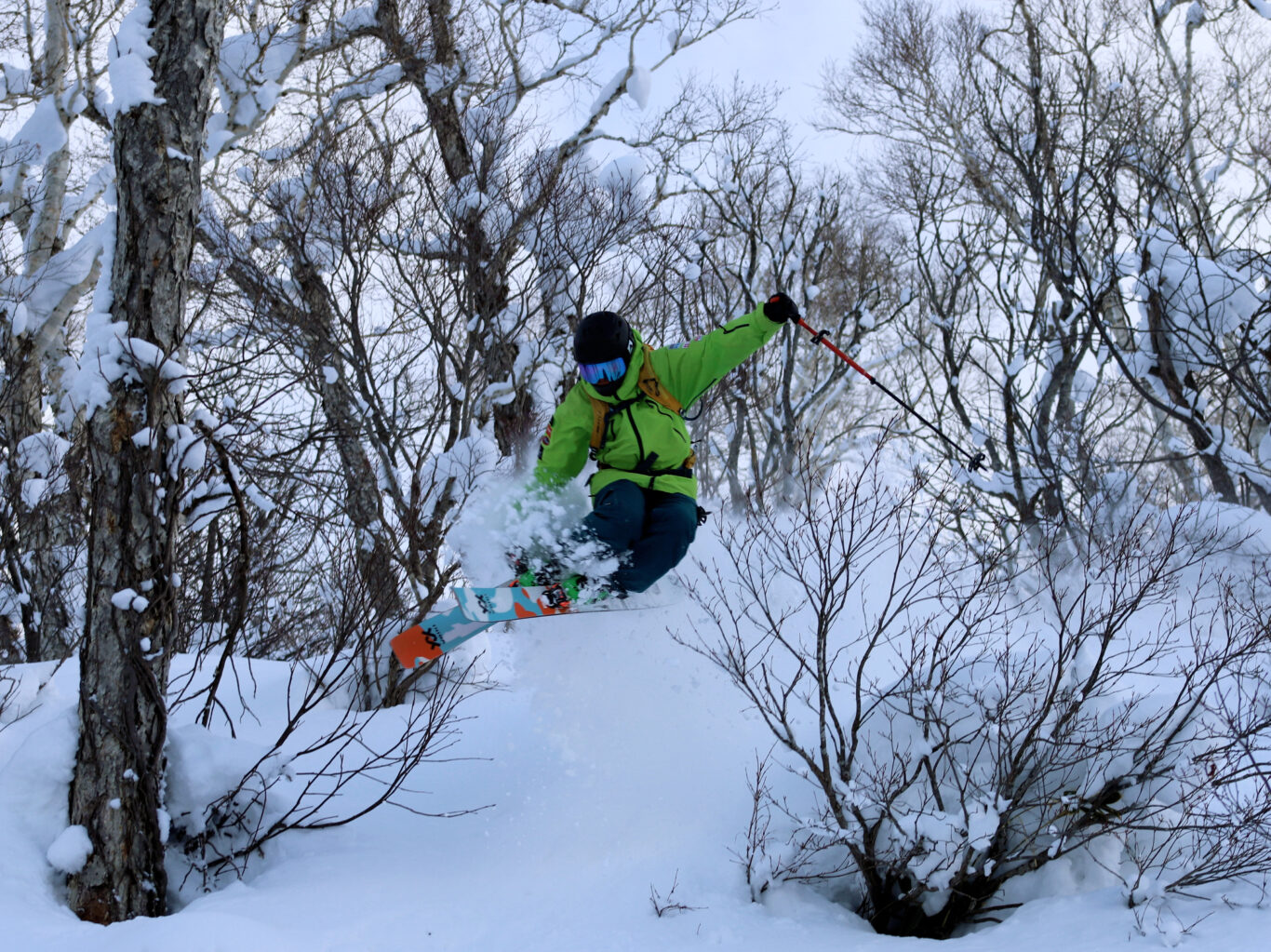
6. Alcohol
Reaction times slow after alcohol, and ones ability to assess risk is altered. Try and therefore avoid or minimise alcohol at lunch if you plan to ski after. Furthermore be mindful of skiing early the next day after a heavy night!

Thank you to Mr Jonathan Bell (Consultant Knee Surgeon) for his research and input
into the above information on the ‘Prevention of Ski Injury’ for the Warren Smith Ski Academy
